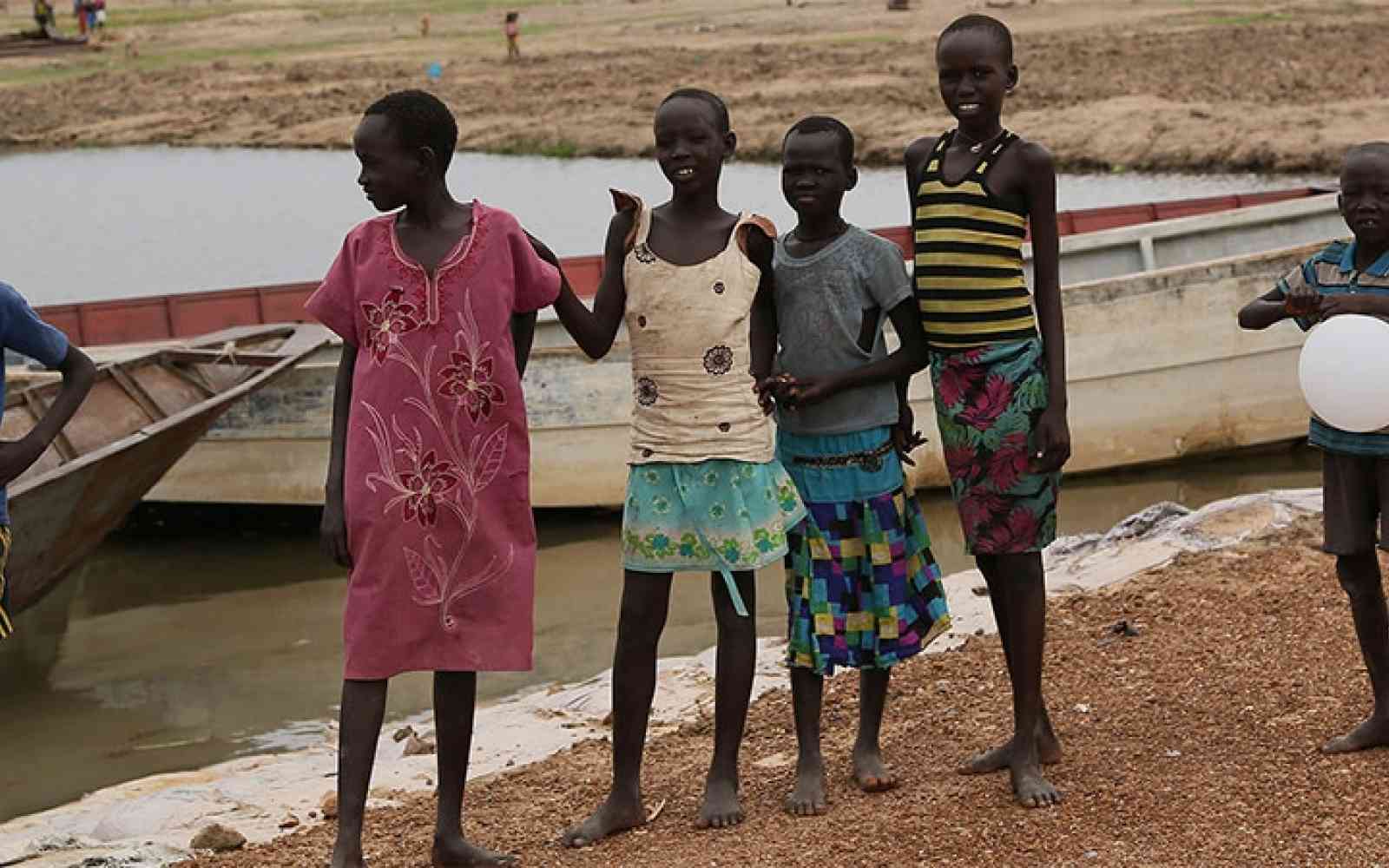The United Nations Office for Project Services (UNOPS)
UNOPS and Somalia's Ministry of Health to rehabilitate six regional hospitals
The project will significantly enhance Somalia's healthcare system and its capacity to respond to emergencies, including climate-related shocks.
This article was originally published on 4 August 2023 and has been updated to reflect recent project developments.
Latest updates
July 2025
A groundbreaking ceremony was held for the construction of the vaccine storage cold chain facility at Forlanini Hospital in Mogadishu. The facility will support national immunization campaigns and disease outbreak emergency response.
“This project represents a major step forward in strengthening our health system and ensuring equitable access to lifesaving vaccines for every Somali child,” said Dr. Ali Hajiadam Abubakar, Somalia's Health Minister.
“This cold chain facility is not just a building – it is a foundation for a healthier future in Somalia,” said Ala'a Nemer, Director of UNOPS in Somalia.
A groundbreaking ceremony was also held at Bay Regional Hospital in Baidoa, South West State. The facility will include an emergency department, an intensive care unit, a room for minor operations and X-ray units.
May 2025
A groundbreaking ceremony was held for Galmudug Regional Referral Hospital in Dhusamareeb.
Work has begun at all six hospital sites as well as at the cold chain facility.
All necessary demolition works have been completed, and foundation works have started for the new buildings.
April 2025
UNOPS and Somalia's Ministry of Health held a groundbreaking ceremony to launch the construction of Forlanini Hospital, one of six regional hospitals that will be built along with a cold chain facility.
14 October 2024
The Ministry of Health, with World Bank financing, has provided an additional $7.5 million for the project
The expanded project scope now includes the construction of a cold chain facility at Forlanini Hospital. This development will help establish Forlanini as one of the largest public hospitals in Mogadishu, capable of serving up to 1.5 million people.
To help address critical infrastructure gaps and improve healthcare services in Somalia, UNOPS, the government of Somalia and the World Bank are working together to rehabilitate six regional hospitals across the country.
The $12.5 million project – which is additional financing provided to the World Bank's Somalia COVID-19 Emergency Vaccination Project – will include major renovations, civil works and the installation of essential medical equipment to enhance the emergency response capabilities of Bay Regional Hospital, Bosaso General Hospital, Forlanini Hospital, Galmudug Regional Referral Hospital, Jowhar Regional Hospital and Kismayo General Hospital.
The Ministry of Health plays a key role in overseeing the implementation of the project, working closely with UNOPS and the World Bank's Somalia COVID-19 Emergency Vaccination project team.
We're proud to partner with the Ministry of Health on this important endeavour to strengthen Somalia's healthcare system.
"By embarking on this project to rehabilitate the hospitals, we are taking important strides towards building a more resilient and responsive healthcare infrastructure that will deliver much-needed essential healthcare services to communities that need them most, particularly the most vulnerable groups," said Dr. Ali Haji Adan, Somalia's Minister of Health.
"We committed to reaching this goal in our quest to expand the reach of healthcare services across the country," he added.
The project will also integrate climate resilience measures – such as flood prevention mechanisms, wind-resistant structures and passive cooling systems – to ensure the hospitals are equipped to withstand climate-related challenges.













